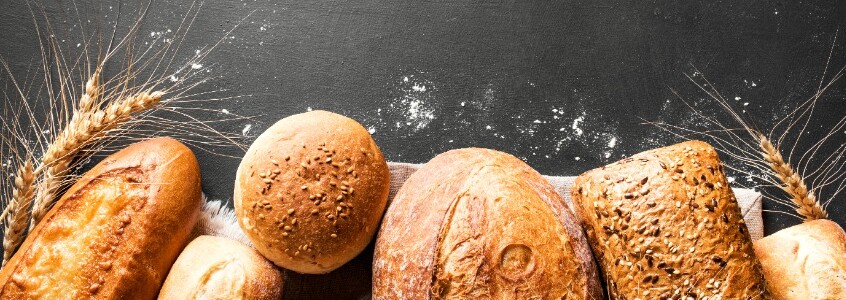
Artisan bread is gaining popularity with the increasing health-based claims over conventional bread. In addition, the clean label, authenticity, and sensorial creativity are boosting this trend even further. To make sure you’re baking a quality and consistent product, make sure you’re using the correct kind of flour, and paying attention to the quality.
Hard red spring and hard red winter wheat kernels are usually used for artisan bread flour. The protein content usually falls within the range of 10.5-12.5% and the ash content is usually within the range of 0.48-0.55%. Additionally, enrichment of artisan bread flour with nutrients is possible.
Flour components that affect artisan bread baking quality
- Proteins: gluten proteins mix with water to form a viscoelastic dough, creating the ability to retain gas during fermentation and baking.
- Starch: A small percentage of the starch granules are damaged in the milling process. Some damaged starch must be present to assure proper absorption as well as good fermentation and crust coloring.
- Enzymes: amylases are a group of starch degrading enzymes. In cereals, alpha-amylase is found in the endosperm, bran, and germ.
- Bran: it could be up to 19% in whole wheat flours and is why whole wheat bread has a denser volume.
- Ash: this is present at 0.5% of most unbleached white flour and indicates how well the flour milling process has removed the bran.
- Granulation: the granulation in whole wheat flour (extra-fine, fine, medium, coarse, or extra-coarse) affects the texture of the finished product.
Evaluate artisan bread flour quality
Make sure you’re measuring and checking these things:
- Understanding water absorption, mixing time and mixing tolerance
- Analyzing the effect of flour improvers on dough handling properties
- Setting quality control measures to manage wheat crop changes
- Adapting wheat and flour mixtures to comply with flour specifications
Want to learn more about artisan bread flour quality and formulation? Download our technical paper!

